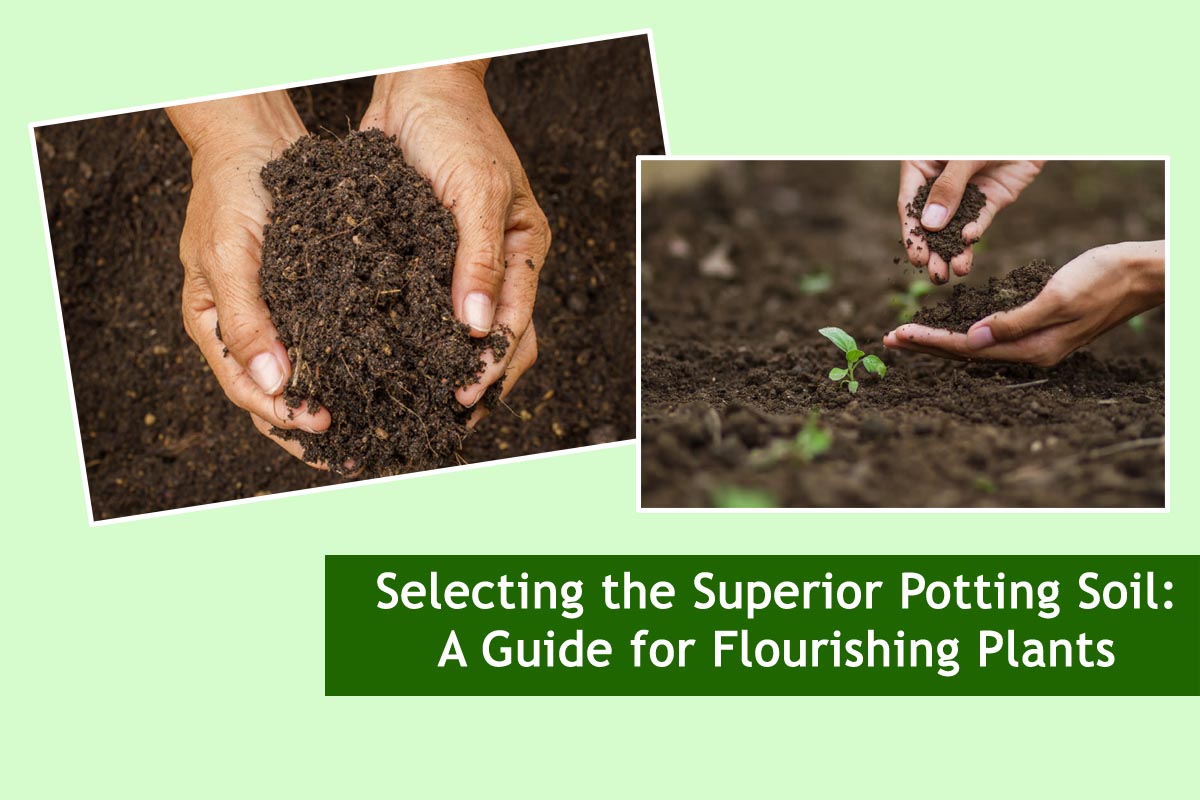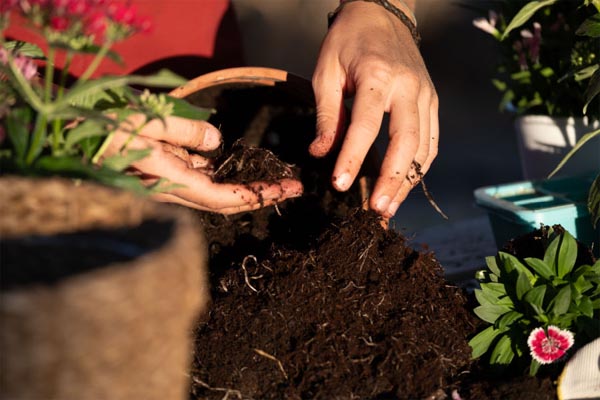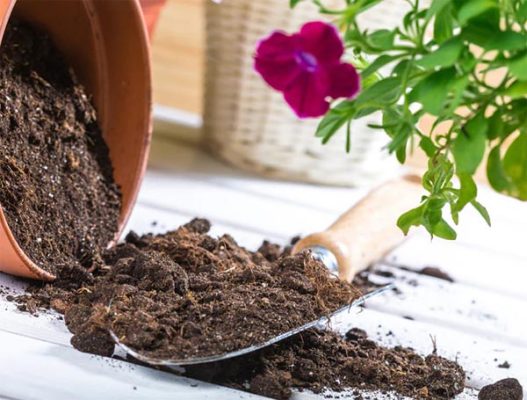
Selecting the Superior Potting Soil: A Guide for Flourishing Plants
Choosing high-quality potting mix is crucial from various perspectives. The best-quality potting mix comprises a blend of different types of organic fertilizers. The soil used in pots should be lightweight, meaning it should have good drainage. Soil rich in nutrients typically keeps plants in pots safe from pests, diseases, and deficiencies. Therefore, potting mix often includes components like organic fertilizer, coco coir, perlite, vermiculite, kitchen waste compost, etc. It’s worth noting that the presence of these components improves the soil structure, maintains moisture, and provides essential nutrients. If you also want to choose the best potting soil for your plants, be sure to read this article thoroughly because here we have explained in detail about the soil used in pots.
How To Choose Best Potting Soil
Choosing the best potting soil involves several key considerations. Firstly, opt for a mix that contains a variety of organic fertilizers to nourish your plants effectively. Secondly, ensure that the soil is lightweight, facilitating proper drainage in your pots. A nutrient-rich soil helps protect plants from pests, diseases, and deficiencies, so look for components like organic fertilizer, coco coir, perlite, vermiculite, and kitchen waste compost in the mix. These ingredients enhance soil structure and moisture retention. Prioritize quality and balance in your potting soil to provide optimal growing conditions for your plants.

Also Read This : Keep Your Curry Leaves Green Year-Round: Easy Tips for Vibrant Garden Growth
Understanding Your Plant’s Needs
Understanding the needs of plants in your home garden is crucial because different plants have varying requirements. Some plants thrive in acidic soil, while others prefer alkaline soil. Various species have unique needs for sunlight, water, and nutrients. Consider the fundamental requirements of the plants you are growing. Keeping these factors in mind, select soil enriched with nutrients that match your plants’ needs.
Also Read This : 10 Effective Methods to Create Shade in Your Garden
Texture of The Soil
The composition of potting soil is crucial for the optimal growth and health of plants. Potting soil should have good drainage to prevent waterlogging. A well-structured soil makes it easier for the plant roots to develop. It’s important that a balanced potting mix is lightweight and porous, allowing adequate moisture for the plants. Adding materials like perlite (sand) to the soil improves drainage, aiding in water retention and preventing root rot. You can enrich potting mix with essential organic fertilizers for nutrient-rich soil. Using materials like coco coir and perlite helps in creating soil with better drainage.

Also Read This : Beat the Heat: Essential Gardening Tips for Thriving Plants in Summer
Nutrient Content
When selecting potting mix for your plants, ensure that it is rich in nutrients. Choose a potting mixture that contains essential nutrients such as nitrogen, phosphorus, and potassium. Nitrogen aids in the growth of leaves and stems, phosphorus is beneficial for root development and flower formation, while potassium contributes to overall plant vigor and disease resistance. Additionally, by using organic compost, cow dung manure, vermicompost, neem cake, kitchen compost, etc., we can prepare a nutrient-rich potting mix.
Also Read This : How to Harness the Power of Cow Dung for Plant Growth: Benefits and Usage Tips
PH Level of Soil
The pH level of potting mix soil is crucial for the health of plants because it significantly affects the availability of nutrients and root growth. Most plants thrive in slightly acidic to neutral soil with a pH level between 6.0 and 7.0. However, soil with pH levels outside this range may lack essential nutrients, hindering plant development. You can test the pH level of the soil using a pH testing kit. If the soil pH is too low (acidic), you can raise it by adding lime. Conversely, if the pH level is too high (alkaline), you can lower it by incorporating organic fertilizers and other amendments. Maintaining the proper pH level helps plants efficiently absorb nutrients from the soil.

Also Read This : 10 Feng Shui Plants for Happiness and Prosperity in Your Home
Drainage Ability
When preparing soil for planting in pots or grow bags, it’s essential to consider the drainage ability of the soil. Soil drainage plays a vital role in removing excess water from plant roots, preventing waterlogging, and avoiding root rot. To improve soil drainage, you can use materials like perlite, vermiculite (coarse sand), which facilitate better aeration and water movement within the soil. Sufficient drainage is necessary to prevent root rot, fungal diseases, and leaching of nutrients in container gardens such as home or terrace gardens. Potting mix used in containers should be specially formulated to meet these requirements.
Also Read This : Revitalize Your Balcony: 7 Tall Plant Wonders for a Fresh New Look
Prepare soil according to the size of the container
Choosing the right size of container is essential when planting. Selecting grow bags or pots based on the plant’s requirements and height facilitates the root system and growth process. Opt for containers that provide sufficient space for root expansion. Larger plants such as tomatoes or peppers with extensive root systems typically require larger containers, while smaller plants can be planted in smaller grow bags.
Also Read This : Elevate Your Balcony Décor with Chic Flower Pots
In this article, we’ve explored how to choose the best-quality potting soil. We would love to hear your feedback on our article and any suggestions you may have related to the article.




